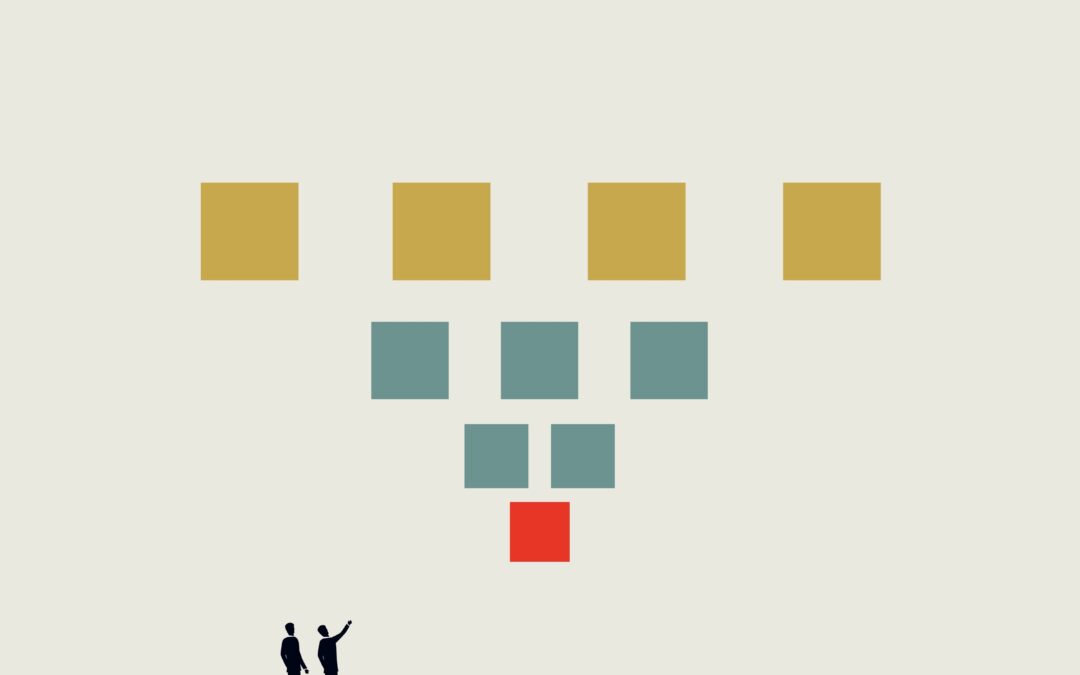Edited by Paulena Edelman
In 1962, one Walmart store opened its doors in Rogers, Arkansas. Fast forward to 2025: Walmart operates 10,750 stores and 600 Sam’s Clubs across 19 countries.
In 1994, Amazon—then called Cadabra—only sold books. Today, it offers over 600 million products.
Back then, growth was largely driven by distribution gains, shelf space battles, and branded loyalty through mass advertising. Category management was simpler back then—focused on volume, price points, and planograms dictated by a few dominant players.
So, what changed?
The answer lies in how companies have responded to competition, complexity, and consumer demand. Take Oreos—once a single-flavor cookie, the brand now offers over 30 varieties, seasonal releases, and brand extensions, like ice cream and cereal. It’s a reminder that growth doesn’t just happen—it’s designed.
Today, CPG companies face immense pressure to deliver growth in an increasingly unpredictable and unstable market. Supply chain disruptions, shifting market demands, and rising costs—for sellers, buyers, and consumers alike—have rendered traditional tactics ineffective. To thrive, companies must think strategically about customer and category planning to fuel disruptive growth.
- Strategic thinking keeps companies two or three steps ahead by identifying often overlooked opportunities and driving growth in partnerships and profits.
- Disruptive growth challenges conventional thinking and uncovers new pathways to value.
At ArchPoint, we believe that strategic thinking and disruptive growth go hand in hand, as both involve understanding market needs, standing out from the competition, and driving innovation.
“We wake up every morning challenging the status quo,” says CEO Jesse Edelman. “We believe that our solutions need to be different, disruptive, and sustainable to influence meaningful growth. That has always been the rallying cry.”
Disruptive vs. foundational growth
Foundational growth comes from taking care of existing customers, ensuring they take full advantage of existing services and products, and identifying untapped areas of opportunity. Disruptive growth, on the other hand, requires challenging conventional thinking, thoroughly understanding the unmet or unsatisfied needs of your target market, stratifying your value proposition, and then finding the perfect intersection of all three.
What we’ve learned and how we apply it
ArchPoint’s approach aims to elevate customer and category business planning processes built on these foundational lessons:
- Digging deeper: Looking beyond surface-level planning to uncover unmet needs and whitespace opportunities.
- Starting from reality: Assessing the current state of the business and its capabilities to ground plans in reality vs. unreasonable aspirations.
- Planning three moves ahead: Accounting for best-case, realistic, and worst-case scenarios and looking at a longer time frame (typically 1-3 years) to think bigger.
- Staying agile: Creating flexible strategies that can adapt as markets shift.
In ArchPoint’s method, team leaders infuse insight-driven strategies and plans with a collaborative approach to benefit both your company and your partner. Plans don’t execute themselves—people do. That’s why having aligned category and customer strategies built on detailed roadmaps is essential to making the strategy work.
How is your planning process keeping up?
Take a moment to assess your organization’s approach:
- Does your existing planning process provide you with clear, actionable growth strategies?
- Are those strategies driving results?
- Are you generating breakthrough ideas that help keep customer relationships and offerings fresh?
- Is your plan a living, operational tool, or simply a moment-in-time exercise?
If these questions give you pause, it may be time for a fresh approach.
ArchPoint’s system is a modern, insight-driven, and action-oriented planning solution designed to unlock disruptive and sustainable growth.
Ready to future-proof your growth strategy? Book a complimentary 30-minute consultation to assess your current process and discover how our approach drives results.

